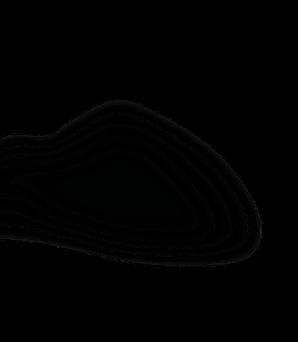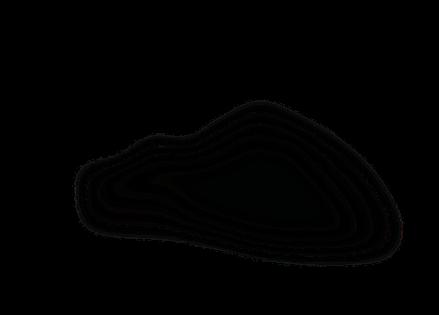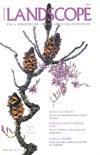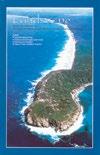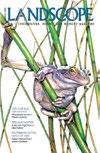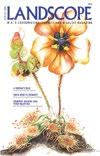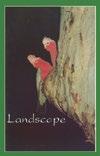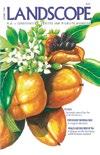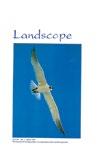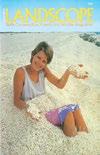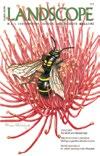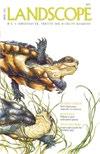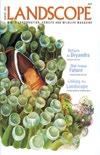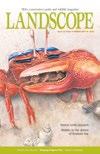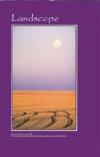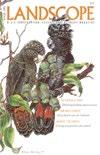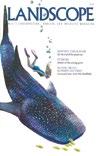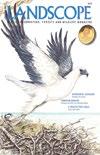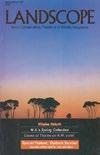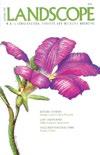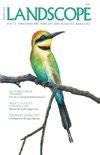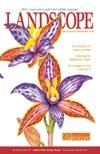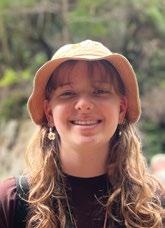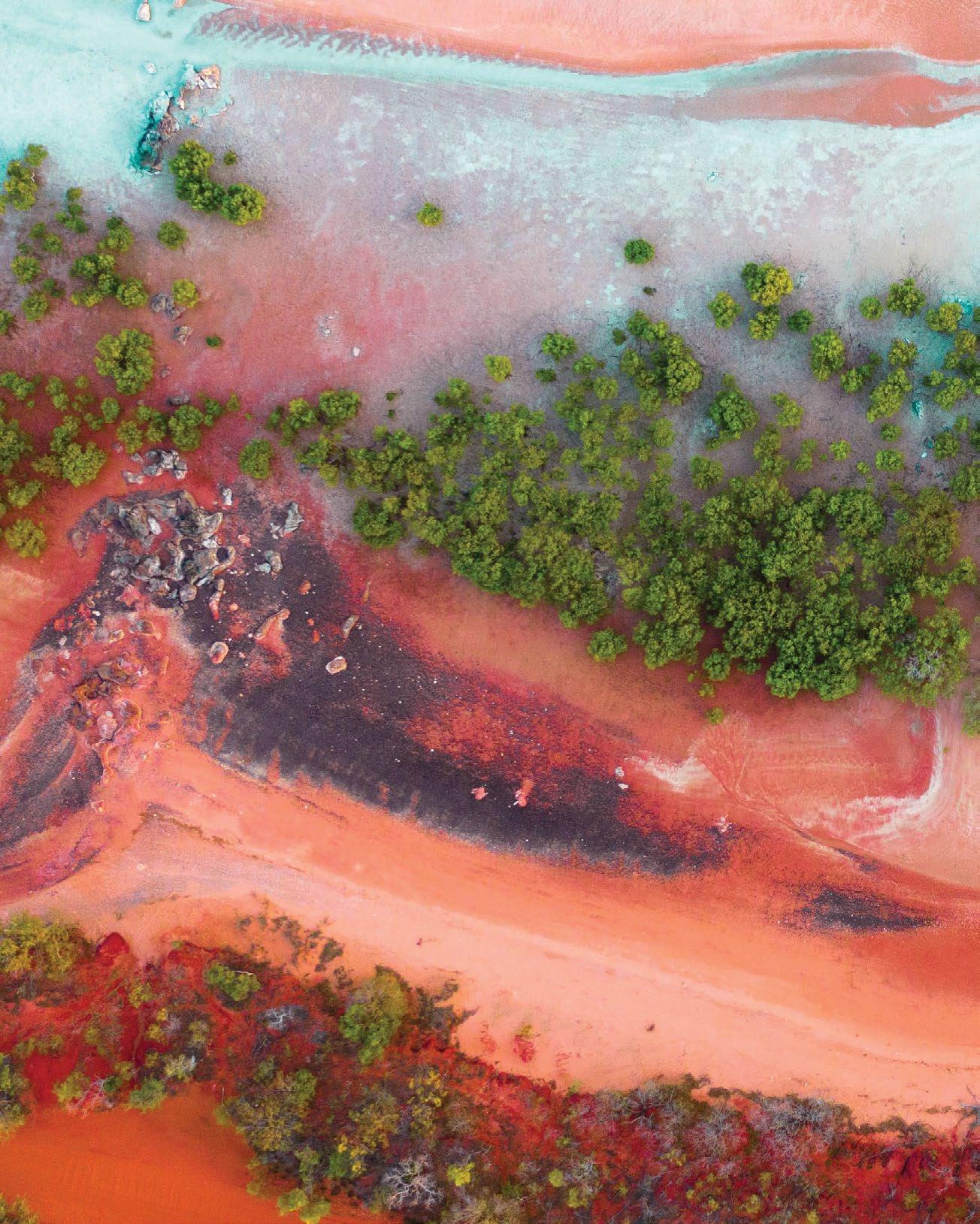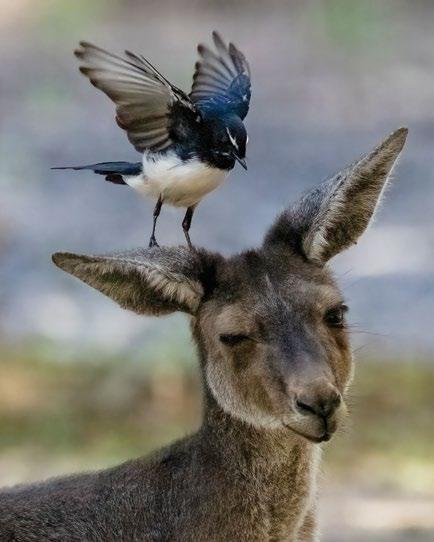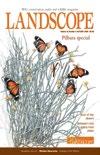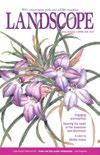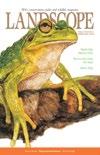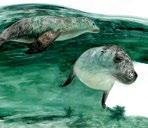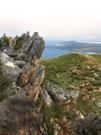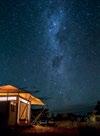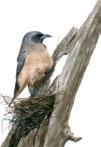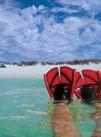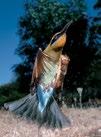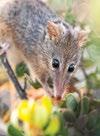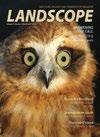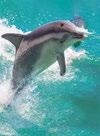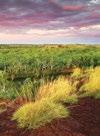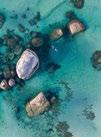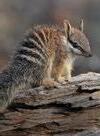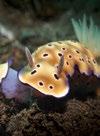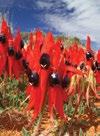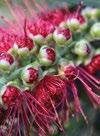Contributing
Jasmine Browning is an environmentally passionate high school student with a love for nature and conservation. Dabbling in creative ways to showcase her interests in sustainability and taking part in her school’s Roots and Shoots club, she takes any chance to explore, learn, and contribute to the environmental actions of her community and the planet.
Since it first went to print in 1985, LANDSCOPE has informed and inspired readers in Western Australia and beyond. What began as a science magazine has evolved to reflect the changing interests of its readers while staying true to its scientific foundations.
That same commitment to sharing knowledge and connecting people with the natural world is now guiding its next chapter, with LANDSCOPE transitioning to a fully online magazine following this final winter edition.
While there’s no denying the lasting appeal of the printed editions, moving to a digital format will allow LANDSCOPE to be more accessible and reach more readers. What won’t change is the magazine’s role as a trusted and respected publication within the nature, conservation, and scientific communities.
This commemorative edition is a reminder that LANDSCOPE’s success over the past 40 years has never been the work of one person, or even a select few. It has always been a shared effort, shaped by the contributions of authors, photographers, artists, researchers and editors who have made it possible.
Long-time readers will recognise the name Cliff Winfield; a dedicated nature photographer whose work has featured in every edition of LANDSCOPE since its very beginning in 1985 (see ‘Forty years of contributing to LANDSCOPE’ on page 18).
Photographers Jiri and Marie Lochman built an extraordinary body of work after moving to Australia, with their striking images appearing in almost every edition throughout LANDSCOPE’s printed history (see ‘Enchanted by Australian wildlife’ on page 48).
Before photography became the hallmark of the front cover, hand-drawn illustrations were a defining feature. For 22 years, artist Philippa Nikulinsky’s detailed works graced the magazine’s covers, capturing the beauty and complexity of Western Australia’s native species (see ‘A brush with nature’ on page 38).
This edition also pays tribute to the dedication of researchers who have committed their lives to the cause of conservation, including the late Dr Anton Tucker, whose legacy in marine turtle research is remembered in ‘So many turtles, so little time’ on page 23.
As a subscriber to the magazine, I have looked forward to reading about the great conservation work being done, seeing the beautiful pictures, and getting a better understanding of our great State. I will now look forward to receiving my digital edition.
Hon. Matthew Swinbourn MLC Minister for the Environment
Leah Seabourne is a botanist who has spent the last 20 years working in a variety of conservation roles within the not-for-profit, government and private sectors. Leah currently manages the Kings Park Herbarium, including curation of its small but valuable collection. This role also includes undertaking plant identifications and providing botanical advice and training to staff, volunteers and the public.
Leah loves sharing her passion for Western Australian flora.
Hannah Beaney is an aspiring writer and communicator who has recently completed a Bachelor of Communications at Curtin University, specialising in Journalism and Public Relations. She enjoys exploring the outdoors and has a deep love for all things water related; from swimming in the ocean to rainy walks. Hannah hopes her writing allows her to continue telling stories and offering people fresh perspectives, as well as deepening her appreciation of the natural world.
Front cover Needle tree (Hakea preissii).
Photo – Ann Storrie
Editor Lauren Cabrera.
Editorial assistance Jenna Oliver, Conor Doherty. Scientific/technical advice Steven Dillon, Carl Gosper, Lesley Gibson, Danielle Ayres and John Huisman.
Special thanks to Andrew Burbidge. Design and production coordinator Tiffany Taylor. Design Katie Bryden, Sonja Rose, Mandy Nielsen and Lynne Whittle.
Illustration Philippa Nikulinsky.
Cartography Promaco Geodraft.
Prepress and printing Advance Press, Western Australia.
All material copyright. No part of the contents of the publication may be reproduced without the consent of the publishers. Maps should be used as a guide only and not for navigational purposes.
ISSN 0815-4465
Please do not send unsolicited material, but feel free to contact the editors by email (landscope@dbca.wa.gov.au).
Published by the Department of Biodiversity, Conservation and Attractions, 17 Dick Perry Avenue, Kensington, Western Australia. © State of Western Australia, July 2025. For more information contact us: On the web shop.dbca.wa.gov.au
By email landscope@dbca.wa.gov.au
By phone (08) 9219 9000
By free post Reply Paid 25, Locked Bag 29, Bentley DC, Western Australia 6983
@waparkswildlife
This page Roebuck Bay. Photo – Tourism WA
Plastic Free July
Plastic Free July is a global movement that helps millions of people be part of the solution to plastic pollution so we can have cleaner streets, oceans, and communities. Awareness around plastic pollution is increasing as well as community efforts to reduce singleuse plastic (see ‘Reducing single-use plastic in the Swan Canning Riverpark’ LANDSCOPE autumn 2023).
Now with Western Australia’s Plan for Plastics banning the sale and supply of selected single-use plastic items, business and industry has begun a major transition.
Through the Plastic Free Riverpark program, more than $95,000 in grant funding has supported projects that reduce single-use plastic packaging within cafes, restaurants, bars, charter operator vessels, sporting organisations and at major foreshore events in and around the Swan Canning Riverpark.
READER’S PIC
Western grey kangaroo (Macropus fuliginosus) and willie wagtail (Rhipidura leucophrys)
Photo and words by Lee Rowland
“I was out doing bird photography at Neil Hawkins Park, walking towards Raptor Ridge, when I spotted the usual fairy-wrens (Malurus sp.), grey fantails (Rhipidura albiscapa), and silvereyes (Zosterops lateralis). After Raptor Ridge, I turned toward the lake, where I noticed a lively willie wagtail (Rhipidura leucophrys) bouncing through the trees. As I crouched down, a curious western grey kangaroo (Macropus fuliginosus) hopped over, stopping about 20 metres away to give me a good stare. Just as I wondered who was watching who, the wagtail swooped in and landed right on the roo’s head—possibly picking off bugs. The kangaroo gave a cheeky wink, and I snapped the shot, barely holding in my laughter.”
Have you got a fantastic nature photograph you would like to see published in LANDSCOPE? Send it, along with a 100-word description of the species or how and where you took the shot, to landscope@dbca.wa.gov.au.
Spare some time for conservation
Volunteering across Western Australia is taking off, with 150 on-ground projects that contribute to conservation, science, recreation and tourism. DBCA’s volunteer program offers opportunities to get involved in conservation efforts across Western Australia including campground hosting, trail maintenance, flora and fauna monitoring and numerous local community groups. You can learn or enhance skills while working alongside experts and nature enthusiasts, making it a rewarding experience and a great way to connect and open doors to new prospects. Whether you’re passionate about protecting threatened species, restoring habitats, visitor management or education, there’s a role for everyone.
Visit dbca.wa.gov.au/get-involved/volunteer to find a project near you.
Top Volunteers with loggerhead turtle (Caretta caretta).
Photo – Craig Duncan
Above Volunteers helping to maintain the Munda Biddi Trail.
Photo – Munda Biddi Trail Foundation
Cadets get creative for conservation
Bush Ranger and River Ranger cadets from around WA participated in the LANDSCOPE Threatened Species Art Competition to celebrate 40 years of the magazine. Tasked with recycling old editions of LANDSCOPE into their design, the cadets created sculptures of threatened Western Australian flora and fauna. These sculptures were displayed on a trail in the Perth Hills at the annual cadet conference for delegates to see. Conservation art was a strong theme at the conference, with the launching of a collaborative cockatoo mural. The reference cockatoo photo came from nature photographer Sue Harper, before being turned into a ‘paint by numbers’ style mural that encouraged participants to get involved.
Guest column
Paul Reed Environmental Operations Co-ordinator
The City of South Perth
Partnering with the Department of Biodiversity, Conservation and Attractions (DBCA) on the River Guardians Festival earlier this year (see ‘Making ripples for conservation’ on page 45) was a valuable reminder of the power of collaboration in protecting our river systems. The event wasn’t just a celebration—it reflected the community’s deep connection to the Swan and Canning Rivers and a growing shared commitment to their long-term health.
At the City of South Perth, I see firsthand how important partnerships are in restoring and managing the natural systems that support the Riverpark. Our local waterways, wetlands and foreshore areas face increasing pressure from urbanisation, pollution and climate change—and without coordinated efforts, these fragile ecosystems can quickly degrade.
Wellington National Park road upgrade completed
An exciting road upgrade in Wellington National Park was completed and opened earlier in the year, in time for the busy April school holiday period.
River Road, which provides access to popular locations in the park including Honeymoon Pool and newly constructed mountain bike trails, has been widened and is now dual direction.
New parking areas and a shuttle drop off/pick-up point have also been created to accommodate the growing number of visitors to the newly constructed mountain bike trails.
The River Road upgrades are a component of the $10 million Wambenger Trails initiative that has established Collie as a premier trail adventure town.
The initiative has resulted in more than 100 kilometres of mountain bike trails constructed in Wellington National Park, the five-day/four-night Wiilman Bilya walk trail around Wellington Dam, and improved parking, walkways and facilities in the Wellington Dam precinct.
Above River Road provides access to popular spots in Wellington National Park.
A good example of when local and state governments work together with a shared focus on practical, place-based solutions is the Hurlingham Living Stream project—a jointly funded initiative with DBCA—where the City has restored a previously degraded stormwater drain to create habitat for native fauna, improve water quality and reconnect people with the landscape. Through restoration, native revegetation and nature-based drainage systems, we’re seeing how targeted investment in local sites can deliver broader ecological and community benefits.
As a parent, I often reflect on the kind of environment we’re passing on to the next generation. The decisions we make today—and the partnerships we form—will help shape that future.
The River Guardians Festival showed just how much community energy exists around protecting these special places. My hope is that events like this continue to inspire action—not just through awareness, but through meaningful investment in local projects that restore, protect and celebrate our rivers and wetlands.
Above Minister for the Environment, Hon. Matthew Swinbourn MLC and Minister for Youth, Hon. Hannah Beazley MLA at the annual cadet conference.
Photo – Peter Nicholas/DBCA
Photo – DBCA
Millstream Chichester National Park
A rich landscape of rolling spinifex hills, spectacular escarpments and winding tree-lined watercourses makes up the remote 240,000-hectare Millstream Chichester National Park. Located 120 kilometres south of Karratha in WA’s north, the park is known for its lush oases of the Millstream wetlands and Fortescue River pools.
Millstream Chichester National Park forms part of the Yindjibarndi and Ngarluma peoples’ traditional lands and was an active pastoral station for more than 100 years.
Above left Bungarra or sand goanna (Varanus gouldii).
Photo – Remi Bremont
Above right Millstream Jirndawurrunha Pool.
Photo – Peter Nicholas/DBCA
Opposite page
Clockwise from top left Millstream Homestead. Photo – Peter Nicholas/DBCA Sturt’s desert pea (Swainsona formosa), Palm Pool, spinifex pigeon (Geophaps plumifera), George River. Photos – Cliff Winfield
Right Millstream Chichester National Park near Snake Creek.
– David Bettini
The park was previously two separate national parks; Millstream and Chichester, which joined as one park in 1982. It is now recognised as a national park with significant natural, recreational and cultural values.
The arid-land plants and animals respond to infrequent rainfall events while the wetlands support diverse plant, bird and invertebrate species. Many of these are endemic and rely on the permanent water source at Millstream.
The water that feeds the Millstream oasis springs from an aquifer, or natural underground reserve, contained in the porous dolomite rock. This aquifer is fed by the Fortescue River (Yarnda Nyirranha) catchment, which includes run-off from the Hamersley Range.
The Millstream area is a Priority 1 catchment and, used in tandem with the Harding Dam, the aquifer supplies water
to industry and for domestic use to the residents of Wickham, Roebourne, Point Samson, Dampier and Karratha.
CULTURAL VALUES
The Millstream Chichester area is a very significant cultural site in northern Western Australia. Cultural and mythological importance stems from thousands of years of occupation, with Millstream being the home of the mythological serpent or warlu, whose presence is still strongly felt at Nhanggangunha (Deep Reach Pool).
All the pools are significant in this regard and warrant a high level of respect. The broad area of land straddling Yarnda Nyirranha from the Hamersley Range through to the Chichester escarpment is the homeland of the Yindjibarndi people.
Ngarluma people’s lands run from the Chichester escarpment northward to the sea. Aside from its highly important
Photo
Parks for people by Lauren Cabrera
